Identifying the fungi growing on our property has proved difficult. In lieu of a species list, I am beginning a visual list of the fungi growing here. Over time, I hope this will grow into a comprehensive list, with species names. For now, it is a series of images with dates and location.
-
Subscribe
Subscribed
Already have a WordPress.com account? Log in now.




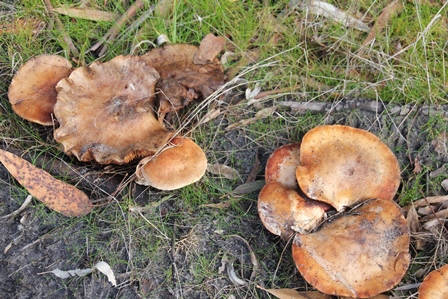



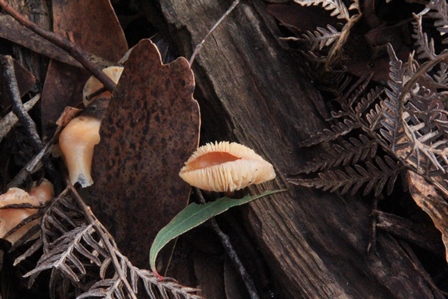
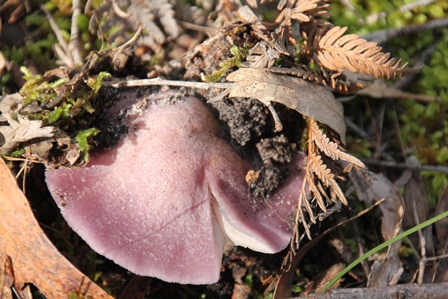


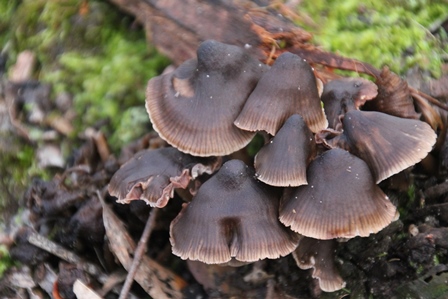
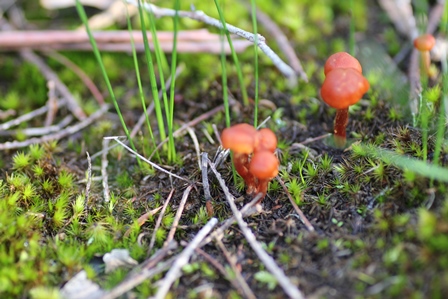
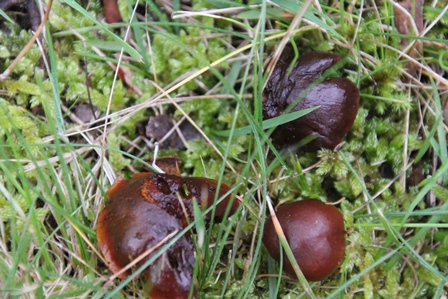
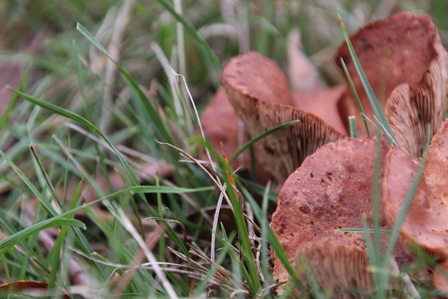
Great Lisa I will look at my collection too. You inspire me to search.
Hi Margaret – given where you live, I’m sure you will find many fungi emerging now too. Happy hunting! 🙂
Hi Lisa, there is a group mapping fungi around australia, they may be able help you identify some of your fungi: https://fungimap.org.au/ and you may be able to connect with people in your area who know about local fungi. Their website also has a list of books on Australian fungi.
And a great read on the role of fungi in the environment is Mycelium Running, How Mushrooms Can Help Save The World by Paul Stamets – he is located in North America, but it really opened my eyes to how important fungi are in the environment and the ecosystem services they perform. They are especially important in Australia with our poor soils. Many plants form relationships with fungal organisms which have vast underground networks of mycelium that will bring moisture and nutrients to the plant, effectively extending the plants ability to source nutrients and water over a much wider area. The mushrooms we see above the ground are just the fruit of this underground network of mycelium.
Thanks Jan, Yes, and our own wild orchids are a case in point. Many have exclusive relationships to a fungi which grows on the roots of nearby native trees. This is why orchids need to be left in the ground where they are found – as without the fungi, they will die.
I really appreciate the link to the Fungi Map as I don’t know about that. Sounds like a great thing to read up on. Yes, it will be good to get in contact with them. Thanks for all of the info. 🙂 Lisa